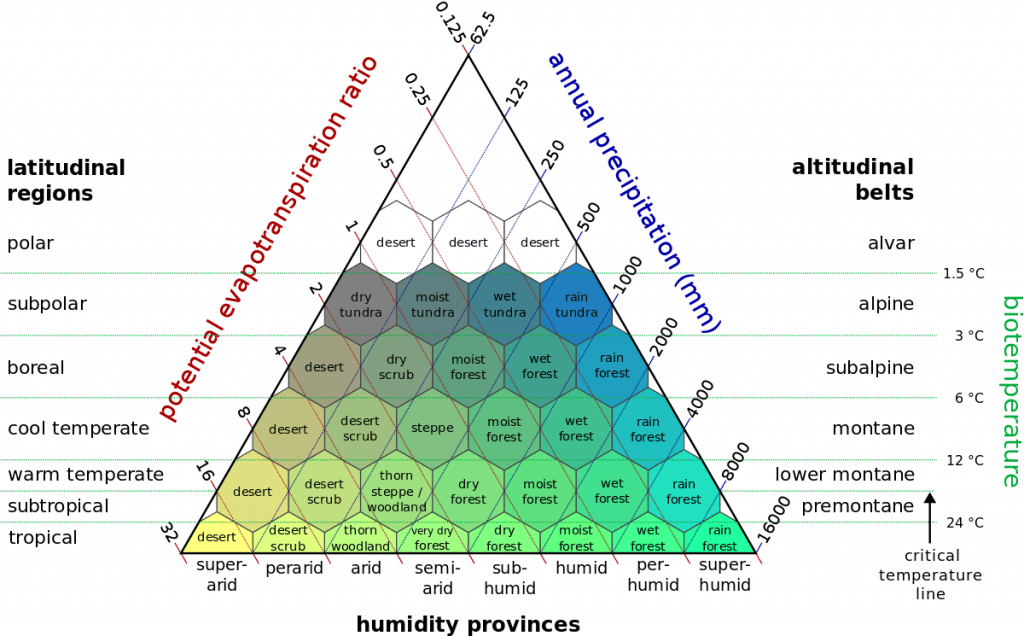Annual rainfall in the sub-humid tropics exceeds 1000 mm per year but high evaporation rates cause moisture shortages in the dry season. Nevertheless, water resources are rather abundant and should be adequate for appropriate agricultural activities and maintenance of vital eco-systems. Increasingly, however, water security concerns are being flagged for catchments in this climate class, even in remote areas with only minor water abstractions. The root cause is environmental degradation in combination with inappropriate agricultural practices, leading to accelerated runoff and gradual drying of the landscape.

Introducing an Integrated Water Resources Management (IWRM) approach—which promotes coordinated and collaborative water and land management—is a typical response when confronted with water scarcity.
However, water management in small rural catchments involves limited formal stakeholder participation, and even less attention from sub-regional water offices. This is inevitable given the limited resources—in terms of budget and staff—available for IWRM in most countries. Hence calls for increasing the involvement of the water agency and establishing formal consultation mechanisms —i.e. water user associations, which will require some sort of public funding—are well intended but just not practical. Rather, we must come up with a management system that does not require annual budgets or outside agency support.
Within this context, it is important to note that water conflicts should be rare at this scale given the substantial rainfall and the absence of large, or even medium-size, water abstractions. Water abstractions—predominantly for supplementary irrigation—concern small volumes from local streams or shallow wells. At this scale, possible conflicts are usually solved through informal customary practices. Thus, the key water management challenge here is not about equitable resource allocation among diverse interest groups. Rather, it is about conserving the available water resources—i.e. not losing them without productive use because of accelerated runoff or evaporation.
Thus, a permanent IWRM process is not feasible for these catchments because of budgetary constraints. It is probably also not necessary. By contrast, what is both possible and useful is mobilizing funds for a one-off investment in catchment restoration. Better still: this allows for a project setup with a clear endpoint and no recurrent costs.
Key elements of this one-off investment include 1) a detailed IWRM plan focused on practical interventions, 2) intensive stakeholder consultation to ensure buy-in, and 3) establishing physical infrastructure and vegetation that promotes landscape rehydration but does not require maintenance.
The plan should emphasize practical interventions that are small, scalable, and inexpensive. It focuses on (re-)establishing vegetation and conserving soils and (rain) water resources with the aim to rehydrate the landscape and build fertility. Permaculture principles are worth considering. Design elements comprise check dams, leaky weirs, small reservoirs, diverse vegetation, small-scale water harvesting techniques & structures, soil conservation, swales, etc. Each intervention will have multiple functions—e.g. a small reservoir that also serves as a fishpond while creating a micro-climate. The design is best implemented incrementally and maintained by beneficiary farmers and landholders. It is noted that many small interventions provide more resilience and beneficial functions than a single large one. It is probably also cheaper.
After the plan is implemented, no additional funds are needed. It implies that WRM at this local catchment does not require a budget, data acquisition, models, or involvement by water resources specialists.
Management of the rehydrated catchments will predominantly consist of establishing and enforcing a number of ‘taboos’, such as ‘do not cut the big trees’, ‘do not overgraze’, ‘do not clear the landscape’, ‘do not pollute the river’, ‘do not leave the soil without cover’, etc. These rules are best based on local culture and enforced through customary practices without involvement from outside parties.
Some closing remarks:
The water management approach presented in this text represents a practical, feasible, and sustainable setup to protecting and utilizing small rural catchments in the sub-humid tropics. It is probably the only realistic approach in countries with budget constraints since no external funds or outside support are needed after an initial investment. When properly implemented, the approach leads to more resilience to droughts, higher yields, more biomass and environmental value, attenuated floods, and climate moderation.
Management of larger catchments—or small catchments close to urban centers or with large water abstractions—requires a different approach. Here a classic IWRM approach is probably more applicable.
BTW, while management of these small catchments should not be based on data and models, some simple water monitoring equipment can be considered for purposes of change monitoring, research, or justifying the investment to outside parties.
